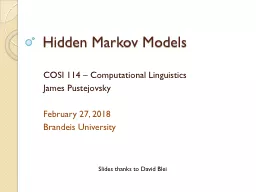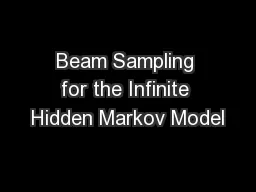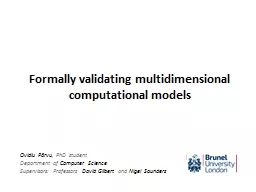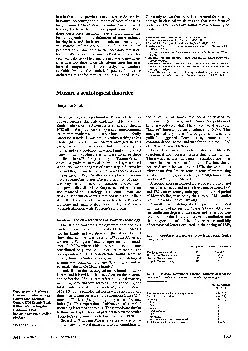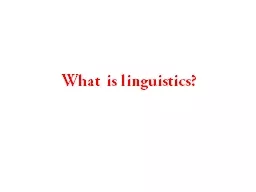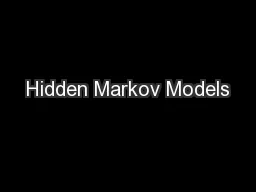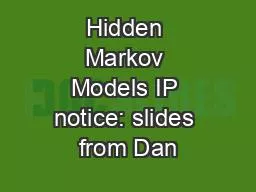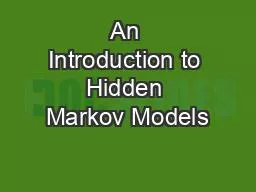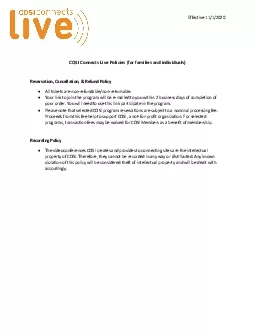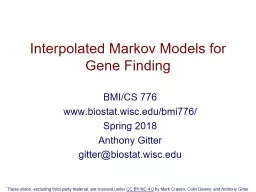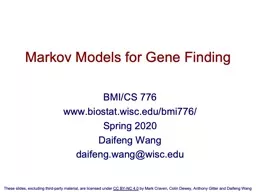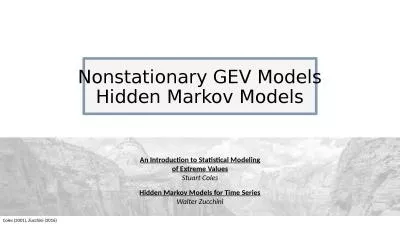PPT-Hidden Markov Models COSI 114 – Computational Linguistics
Author : test | Published Date : 2019-03-16
James Pustejovsky February 27 2018 Brandeis University Slides thanks to David Blei Set of states Process moves from one state to another generating a sequence
Presentation Embed Code
Download Presentation
Download Presentation The PPT/PDF document "Hidden Markov Models COSI 114 – Comput..." is the property of its rightful owner. Permission is granted to download and print the materials on this website for personal, non-commercial use only, and to display it on your personal computer provided you do not modify the materials and that you retain all copyright notices contained in the materials. By downloading content from our website, you accept the terms of this agreement.
Hidden Markov Models COSI 114 – Computational Linguistics: Transcript
Download Rules Of Document
"Hidden Markov Models COSI 114 – Computational Linguistics"The content belongs to its owner. You may download and print it for personal use, without modification, and keep all copyright notices. By downloading, you agree to these terms.
Related Documents

